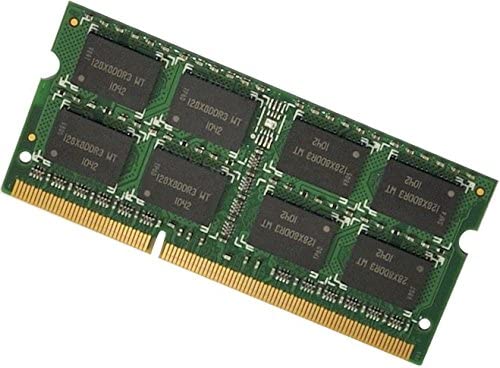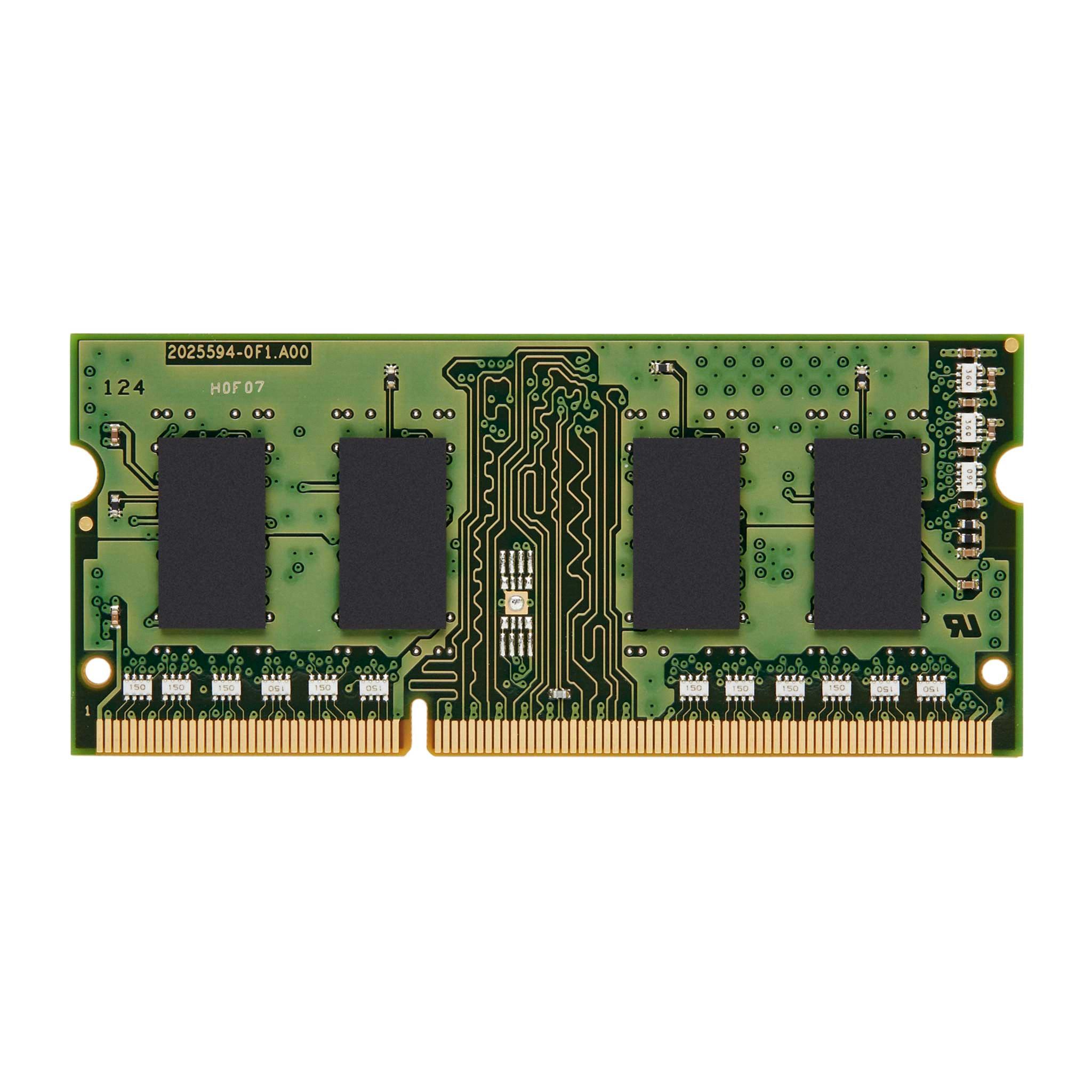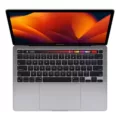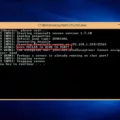SODIMM (Small Outline Dual In-line Memory Module) is a type of memory module that is commonly used in laptops, small-size industrial computers, and embedded systems. It is a JEDEC-compliant module that is designed to fit space-constrained systems.
SODIMM modules have a smaller outline and thickness than standard DIMM modules, which makes them ideal for use in small form factor devices. The modules are available in a variety of sizes, ranging from 512MB to 16GB, and can be found in both DDR3 and DDR4 formats.
One of the main advantages of SODIMM memory is that it can be easily installed in laptops and other small form factor devices, without requiring a lot of space. This makes it an ideal choice for those who need to upgrade the memory in their laptops or other devices, without having to replace the entire device.
Another advantage of SODIMM memory is that it is typically more energy-efficient than standard DIMM memory. This is because the smaller size of the modules allows for a reduction in power consumption, which can help to extend the battery life of laptops and other mobile devices.
SODIMM memory is also available in a range of speeds, which makes it suitable for a variety of applications. For example, high-speed SODIMM modules can be used in gaming laptops and other high-performance devices, while lower-speed modules can be used in more basic devices.
SODIMM memory is an important component in many modern devices, and its small size and energy efficiency make it an ideal choice for use in laptops, small-size industrial computers, and embedded systems. Whether you need to upgrade the memory in your laptop or are building a small form factor computer, SODIMM modules are a great choice.

Differences Between DIMM and SODIMM
DIMM and SODIMM are two types of memory modules used in computers. The key difference between them lies in their size and application.
DIMM, which stands for Dual In-line Memory Module, is a standard-sized memory module used in desktop computers and servers. It has a 64-bit data path and typically has a capacity of up to 64GB. DIMM modules come in different types such as DDR, DDR2, DDR3, and DDR4, and are designed to work with specific motherboards and processors.
SODIMM, on the other hand, stands for Small Outline Dual In-line Memory Module. As the name suggests, SODIMM is a smaller version of DIMM and is primarily used in laptops, netbooks, and other portable devices. SODIMM has a 32-bit data path and typically has a capacity of up to 16GB. Like DIMM, SODIMM modules also come in different types such as DDR, DDR2, and DDR3.
The main difference between DIMM and SODIMM is their size and application. DIMM is larger and used in desktop computers and servers, while SODIMM is smaller and used in portable devices such as laptops and netbooks.

The Benefits of Using DDR4 SODIMM Memory
DDR4 SODIMM is a type of memory module that conforms to the JEDEC standard and is specifically designed for use in systems with limited space, such as laptops, small industrial computers, and embedded systems. It is an improved version of the DDR3 SODIMM, offering higher speed and better performance.
The DDR4 SODIMM module has 260 pins and is a smaller size compared to the standard DIMM module, making it more suitable for compact systems. It operates at a voltage of 1.2V, which is lower than the voltage required for DDR3 SODIMM, resulting in improved energy efficiency.
DDR4 SODIMM memory modules are available in various capacities ranging from 2GB to 32GB, and speeds ranging from 2133MHz to 3200MHz. Additionally, they support features such as ECC (Error Correction Code) and XMP (Extreme Memory Profile), which enable users to overclock their memory for better performance.
DDR4 SODIMM is an excellent choice for anyone looking for high-performance memory modules that can fit into a small form factor system.
Is SODIMM RAM Used in Laptops?
SODIMM RAM is commonly used in laptops and is also known as laptop RAM. SODIMM stands for Small Outline Dual In-line Memory Module, which is a type of RAM module that is smaller in size and designed specifically for use in laptops and other small form factor computers. SODIMM RAM typically has fewer pins than regular desktop RAM and is available in a variety of speeds and capacities to suit different needs. Therefore, if you are looking to upgrade the memory in your laptop, you will need to purchase SODIMM RAM modules that are compatible with your specific laptop model.
Types of SODIMM Memory
SODIMM is a type of memory module that is commonly used in laptops and some small form factor PCs. It stands for Small Outline Dual Inline Memory Module. However, SODIMM does not indicate whether it is DDR3 or DDR4.
DDR3 and DDR4 are different generations of memory technology. DDR3 was introduced in 2007 and DDR4 was introduced in 2014. DDR4 offers higher speeds, lower power consumption, and higher capacities compared to DDR3.
Therefore, the compatibility of SODIMM with DDR3 or DDR4 depends on the specific type of memory module. It is important to check the specifications of the laptop or PC to determine which type of memory is compatible. It is also important to note that DDR3 and DDR4 are not interchangeable and can’t be used together.
Conclusion
SODIMM (Small Outline Dual In-line Memory Module) is a type of memory module that is specifically designed for use in space-constrained systems such as notebook computers, small-size industrial computers, and embedded systems. SODIMM is a JEDEC-compliant module that is smaller in size and thickness than standard DIMM modules, making it a popular choice for laptops and other compact devices. It is important to note that while SODIMM may be listed in the specs of both DDR3 and DDR4 laptop memory, they are not necessarily compatible with each other. However, if you are looking for memory modules for a laptop or other small form-factor device, SODIMM is the type of module you should be looking for. SODIMM is a crucial component in the world of computing, providing the necessary memory for systems that require space-saving solutions without sacrificing performance.








